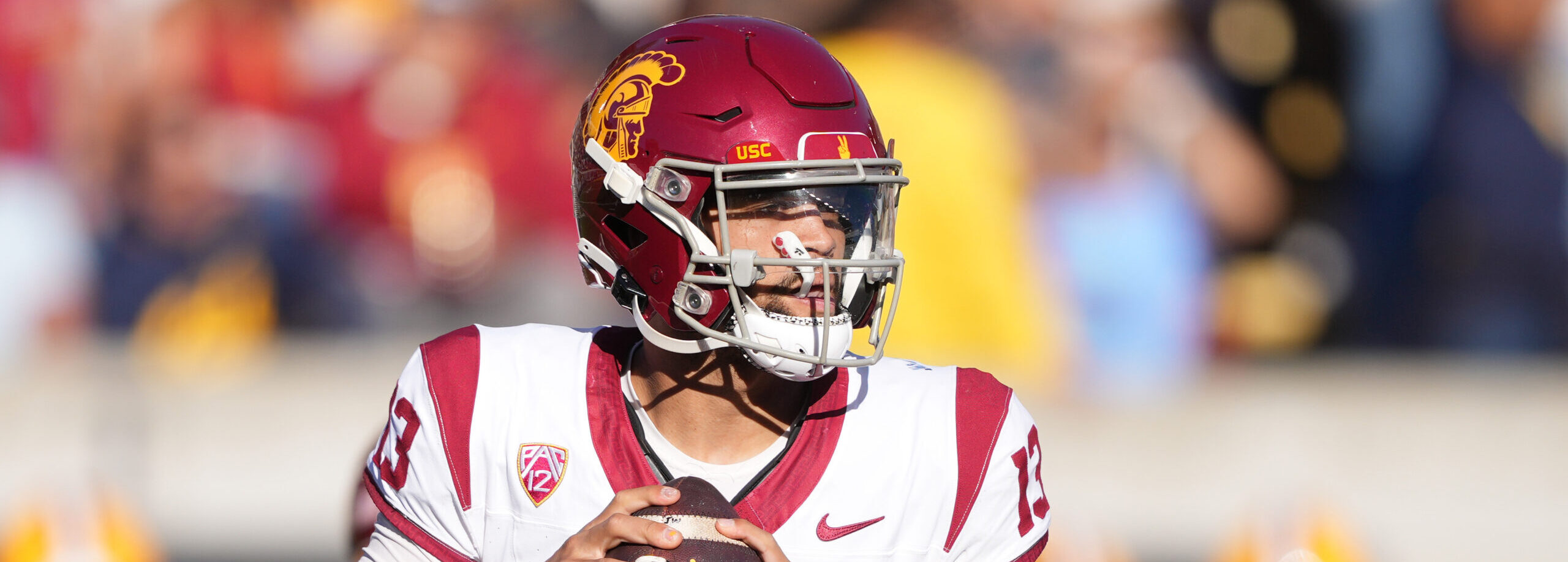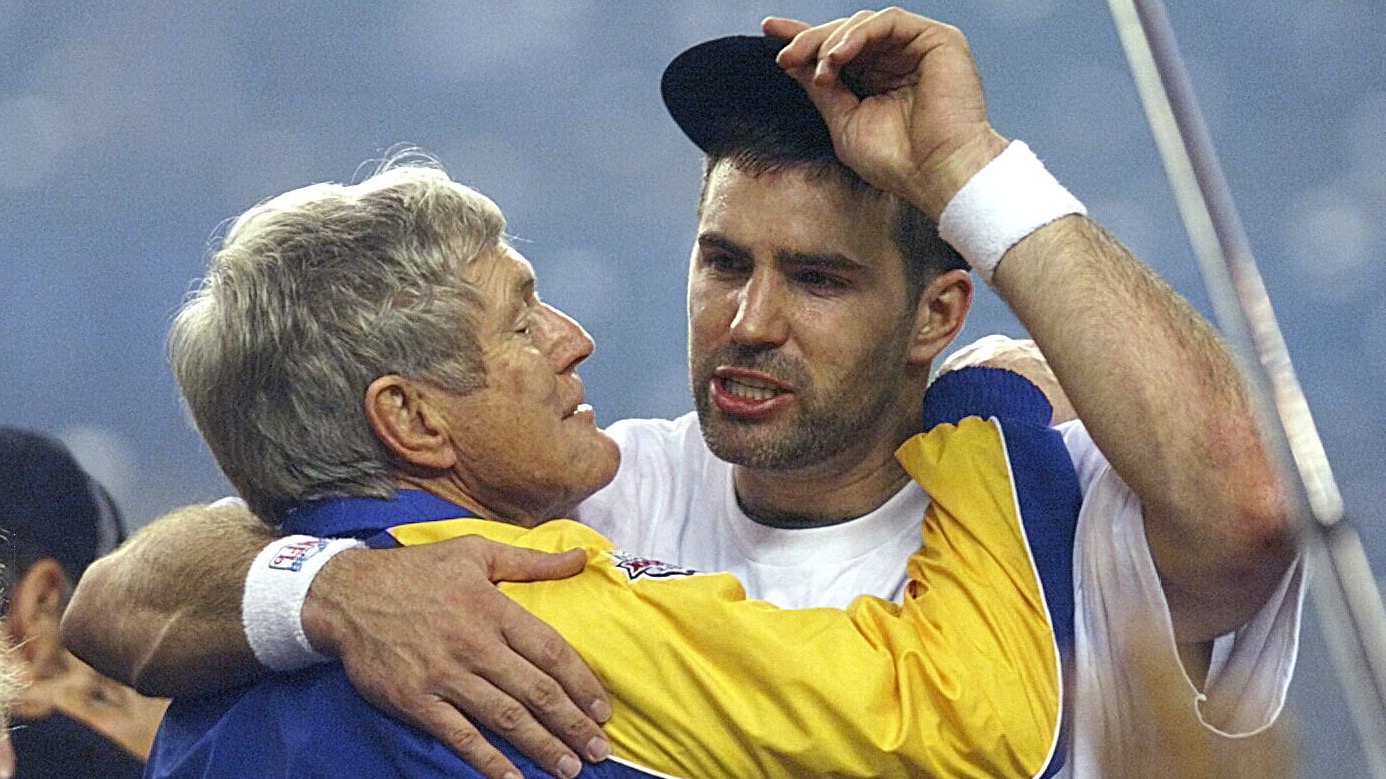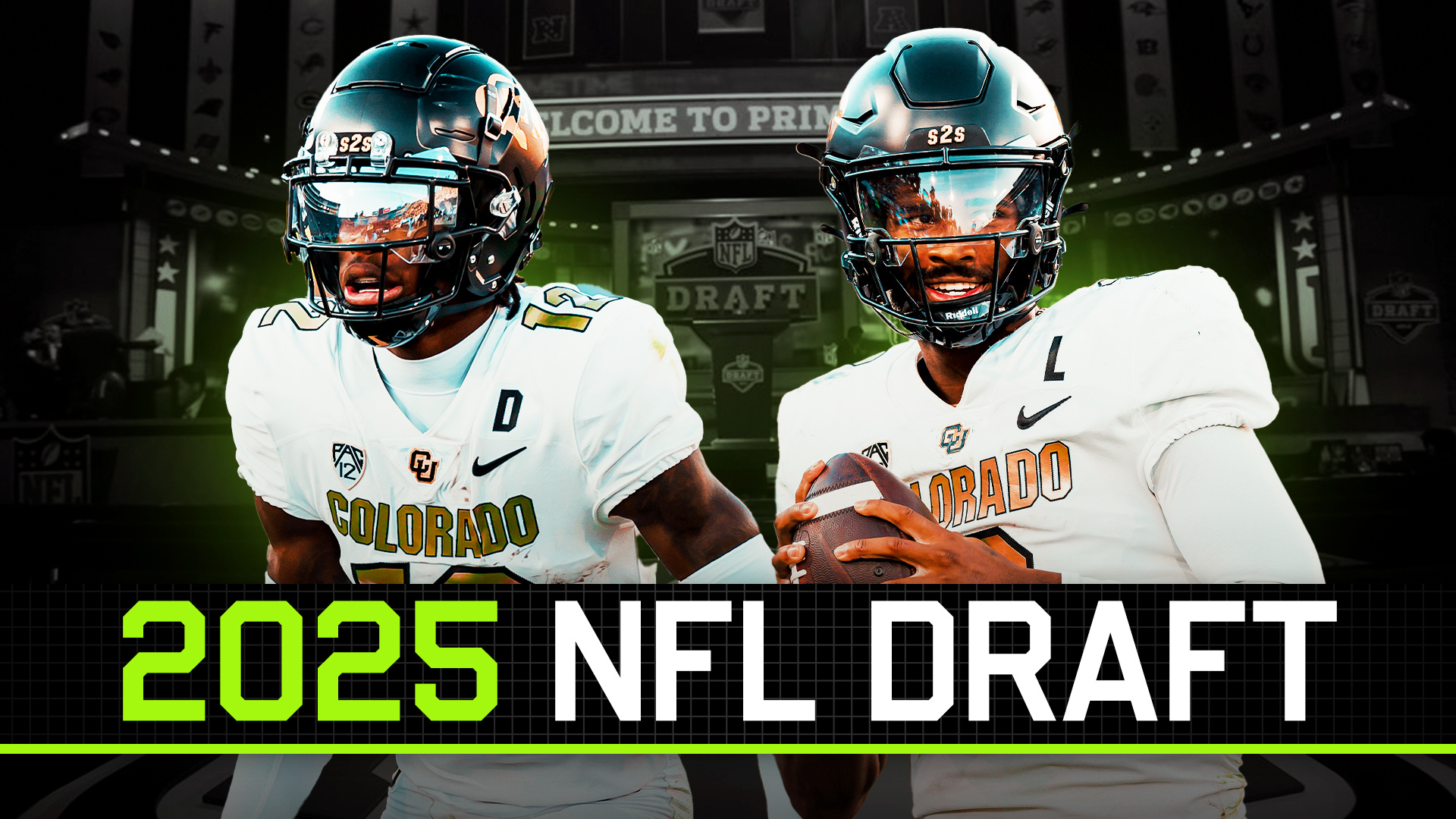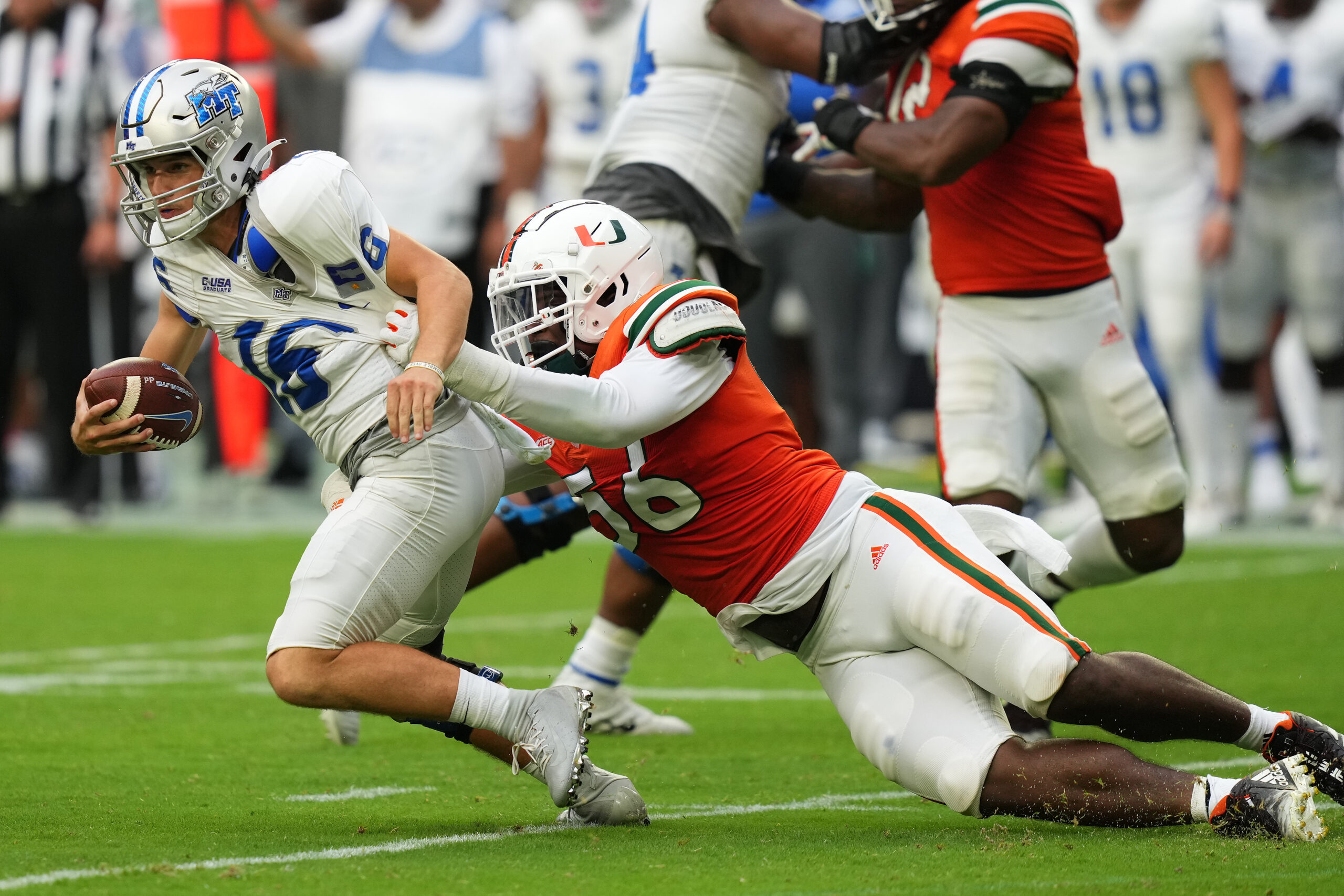NFL Analysis
3/12/24
6 min read
2024 NFL Free Agency: Don't Expect Trend of Running Backs Getting Paid to Continue
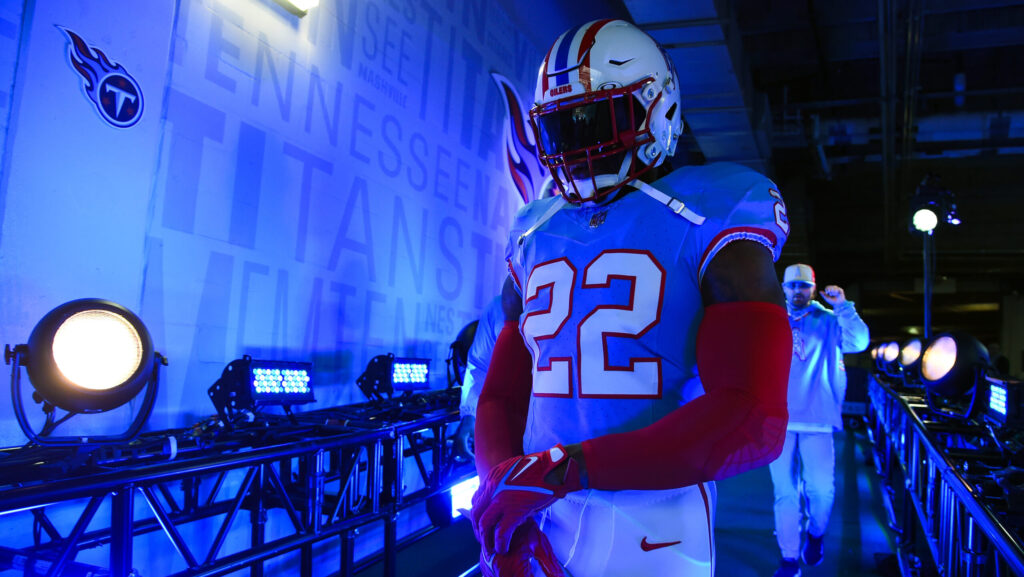
The running back market is dead.
At least, that’s what we were led to believe. And it’s not hard to understand why after Miles Sanders received the biggest deal in free agency last offseason (four years, $25 million). Coming off a Pro Bowl season, Sanders couldn’t get a deal that would pay him $7 million annually.
David Montgomery got a similar deal in Detroit, despite being productive in Chicago. Even Jamaal Williams, who led the NFL in rushing touchdowns in 2022, had to leave the Lions after Detroit made a “disrespectful” offer.
Williams ended up signing a deal with the Saints that included just $8 million guaranteed over three years. Those lackluster signings ended the trend of teams paying big money for running backs in free agency.
Then, the first day of free agency in 2024 happened.
>>READ: Winners, Losers from Day 1 of NFL Free Agency
Within the first two hours of the legal tampering period, D’Andre Swift, Josh Jacobs, Saquon Barkley and Tony Pollard got sizeable deals with considerable guaranteed money.
In the next 24 hours, Aaron Jones, Devin Singletary, Austin Ekeler, Zack Moss and Antonio Gibson received deals that would rival the top free-agent running backs contracts during the 2023 offseason. Later, Derrick Henry signed a two-year deal with the Baltimore Ravens that can pay him up to $10 million annually.
So what happened? Why did running backs suddenly start getting paid? Does this represent a change in philosophy for how the NFL views the running back position?
Let's explore three reasons why things changed so dramatically for running backs and whether or not the trend will continue.
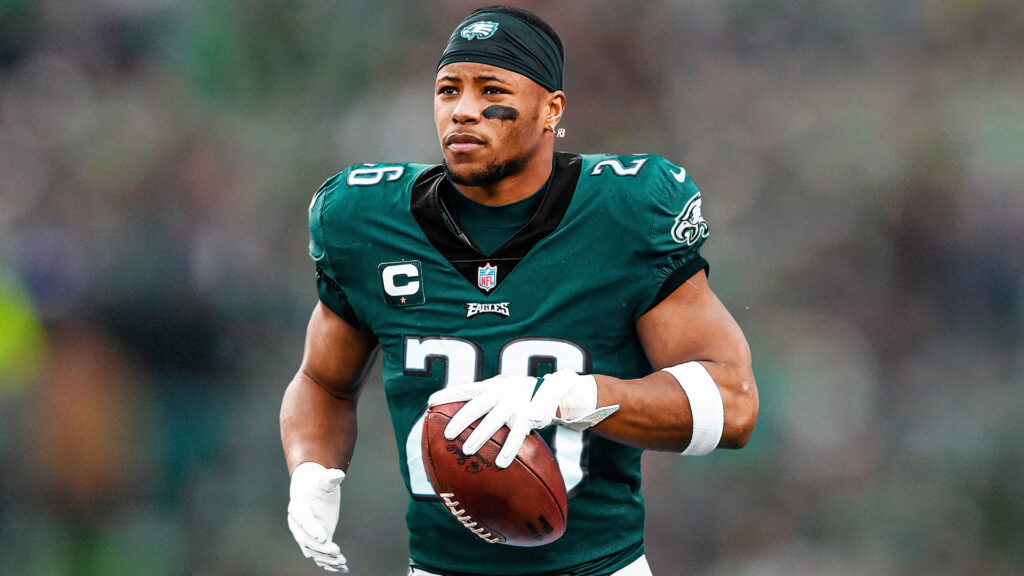
Undeniable Talent
One of the most straightforward ways to explain the running back boom in free agency was the available talent. At least five running backs available this year are more talented than Montgomery and Sanders (the top two FA RBs in 2023). Better players demand more money.
Of the top 12 running backs in total attempts this season, six switched teams this offseason. Henry, Swift, Pollard, Jacobs and Barkley account for 10 Pro Bowl selections since 2019. And that doesn’t even factor in the proven players like Jones, Joe Mixon and Ekeler, who all switched teams this offseason.
Additionally, the group's depth was better than ever. Someone like Zack Moss, who would usually be the third or fourth-best option in free agency, wound up getting a multi-year deal despite being the No. 12 or No. 13 best running back in the class.
Several teams were interested in Moss — who signed a two-year, $8 million deal with the Cincinnati Bengals — leading to a late-night bidding war for his services. That shows how deep this class was in terms of talent.
Only a handful of running backs viewed as potential starters are typically available on the open market. This year, at least a dozen starting-caliber running backs were available. In turn, we saw more deals with more money. It will be a while before we see another offseason with a dozen starting running backs switching teams.
Growing Salary Cap
The rise in the cap was the most underreported reason teams were more willing to sign running backs to big deals. It wasn't a shock to see the cap move up from $224 million. However, the increase to $259 million gave teams around $10 million more to spend than anticipated.
Some premier positions – like wide receiver, offensive tackle and cornerback — lacked top-end talent and depth, so teams were more comfortable spending on non-traditional value positions like running back and interior offensive line.
The truth is that while Barkley, Jacobs, Pollard, Henry and Jones all received good deals, their share of the cap is mostly unchanged from what we've seen in the past several seasons. Barkley, Jacobs and Pollard took less money (per year) than what they received on the franchise tag a year ago despite the cap going up significantly.
Although the top-10 running backs in this class have more money in their pocket now due to guaranteed deals, teams aren't valuing them more. They are accounting for the same against the cap. It just so happened that we saw the deals happen in a short time frame, leading many to believe there was a sudden “boom.”
Poor Running Back Draft Class
By now, you've likely heard this is a weak running back class. The first running back on the 33rd Team's Big Board is Trey Benson from Florida State, ranked No. 59. While there is some depth to the class, few prospects are viewed as Day 1 starters with three-down potential.
Rather than use a top-100 pick on a running back who might need to be in a committee, teams have decided to use their new cap space to address running back. It’s hard to argue with that logic, especially when so many of these running backs have impressive resumes and are under 27 years old.
But make no mistake: the lack of running back talent and the depth at other positions forced teams to pay for running backs in free agency rather than wait until April. Due to what happened in free agency, we can expect running backs to free-fall in the draft.
>>READ: The 33rd Team's Latest 2024 NFL Mock Draft
Will This Trend Continue?
Will the trend of teams paying top dollar for running backs continue to 2025 and beyond? It's unlikely.
While things can change, the next year's talent pool at the running back doesn’t look great. Nick Chubb, Mixon and Jones are set to become the top backs available in 2025, and none of the three will command elite money.
Moreover, the 2025 running back class in the draft is significantly more promising, and multiple backs could be selected within the top 40.
This was the perfect storm of available talent, a significant cap spike and a lackluster draft class. They all contributed to the running back boom we saw in the first 48 hours of free agency. It was nice to see these running backs get paid, but don’t expect that trend to continue.


